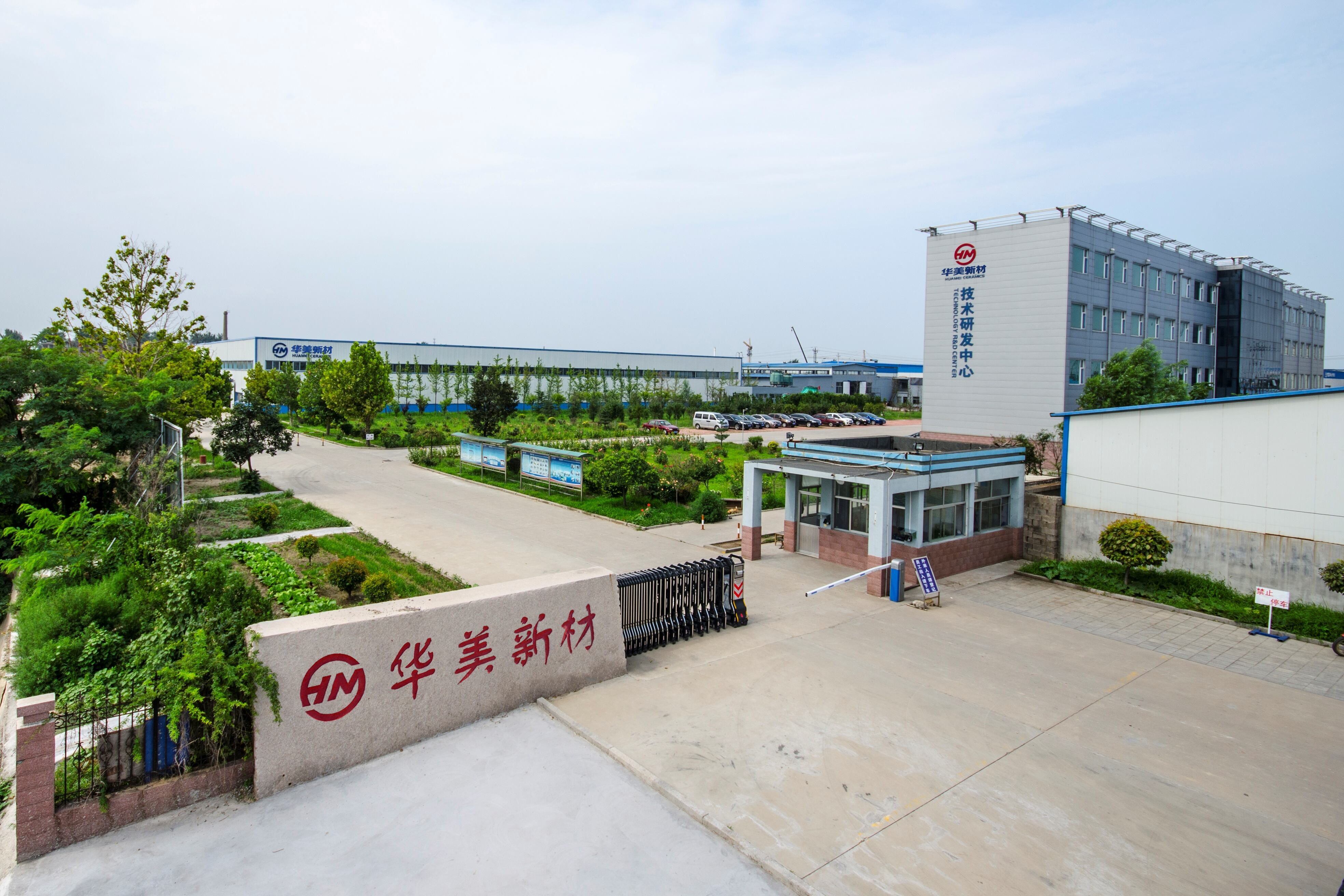Description
RBSiC/SiSiC/SSiC components for energy-saving kiln furniture includes silicon carbide burner nozzles/sleeves etc. The production of reaction sintered silicon carbide burner nozzles adopt slip casting molding or 3D printing molding, and is sintered at high temperature. Silicon carbide burner nozzles can be manufactured in different sizes or personalized designs according to requirements.
Specifications
KCE® SiSiC/RBSiC Technical Data Sheet
| Technical Parameters | Unit | Value |
| Silicon Carbide content | % | 85 |
| Free Silicon content | % | 15 |
| Bulk Density 20°C | g/cm³ | ≥3.02 |
| Open Porosity | Vol % | 0 |
| Hardness HK | kg/mm² | 2600 |
| Flexural Strength 20°C | MPa | 250 |
| Flexural Strength 1200°C | MPa | 280 |
| 20 – 1000°C (Coefficient of Thermal Expansion) | 10–6 K–1 | 4.5 |
| Thermal Conductivity 1000°C | W/m.K | 45 |
| Static 20°C(Modulus of Elasticity ) | GPa | 330 |
| Working temperature | °C | 1300 |
| Max. Service Temp (air) | °C | 1380 |
Applications
Silicon carbide ceramic kiln furniture burner nozzles/sleeves are mainly used in high-temperature industrial scenarios. KCE® RBSiC/SiSiC Burner nozzles for gas industrial furnaces (such as sanitary ware, daily-use ceramics, ceramic tiles, bricks, technical ceramics, etc.), household burners, and heat exchange burners.
Silicon carbide ceramic burner nozzle is an ideal flame spraying kiln tool for roller kilns, tunnel kilns, shuttle kilns, and other types of kilns. Especially suitable for industries such as ceramics, glass, chemical, metallurgy, etc.
Advantages
With its characteristics of high temperature resistance, corrosion resistance, and good thermal conductivity, it is used in ceramic kilns to increase production capacity. Its corrosion resistance can extend the service life of equipment and reduce operating energy consumption.
The operating temperature of silicon carbide ceramic burner is 1380 ℃. When used in conjunction with the burner, it can ensure complete combustion and effectively control the cross-sectional temperature difference of the kiln, making its temperature uniform.







